VOLKSWAGEN
THIS SECTION NEED'S TO BE REVISED
| Founded | 28 May 1937 Ferdinand Porsche |
|---|---|
| Headquarters | Wolfsburg, Germany |
| Area served | Worldwide |
| Key people | Martin Winterkorn: Chairman of the Board of Management , Ferdinand Piëch : Chairman of Volkswagen Supervisory Board |
| Products | Cars |
| Production output | |
| Revenue | ($119 billion USD) |
| Employees | 368,500 (2009) |
| Parent | Volkswagen Group |
Volkswagen (abbreviated VW) is the original and biggest-selling marque of the Volkswagen Group, which now also owns the Audi, Bentley, Bugatti, Lamborghini, SEAT, and Škoda marques and the truck manufacturer Scania.
Volkswagen means "people's car" in German, where it is pronounced [ˈfɔlksˌvaːɡən]. Its current tagline or slogan is Das Auto (in English The Car).
Volkswagen was originally founded in 1937 by the Nazi trade union, the German Labour Front (Deutsche Arbeitsfront). In the early 1930s German auto industry was still largely composed of luxury models, and the average German rarely could afford anything more than a motorcycle. Seeking a potential new market, some car makers began independent "peoples' car" projects – Mercedes' 170H, Adler's AutoBahn, Steyr 55, Hanomag 1,3L, among others. The trend was not new, as Béla Barényi is credited with having conceived the basic design in the middle 1920s. Josef Ganz developed the Standard Superior (going as far as advertising it as the "German Volkswagen").Also, in Czechoslovakia, the Hans Ledwinka's penned Tatra T77, a very popular car amongst the German elite, was becoming smaller and more affordable at each revision. In 1933, with many of the above projects still in development or early stages of production, Adolf Hitler declared his intentions for a state-sponsored "Volkswagen" program. Hitler required a basic vehicle capable of transporting two adults and three children at 100 km/h (62 mph). The "People's Car" would be available to citizens of the Third Reich through a savings scheme at 990 Reichsmark, about the price of a small motorcycle (an average income being around 32RM a week).
Despite heavy lobbying in favour of one of the existing projects, Hitler chose to sponsor an all new, state owned factory. The engineer chosen for the task was Ferdinand Porsche. By then an already famed engineer, Porsche was the designer of the Mercedes 170H, and worked at Steyr for quite some time in the late 1920s. When he opened his own design studio he landed two separate "Auto für Jedermann" (car for everybody) projects with NSU and Zündapp, both motorcycle manufacturers. Neither project come to fruition, stalling at prototype phase, but the basic concept remained in Porsche's mind time enough, so on 22 June 1934, Dr. Ferdinand Porsche agreed to create the "People's Car" for Hitler.
Changes included better fuel efficiency, reliability, ease of use, and economically efficient repairs and parts. The intention was that ordinary Germans would buy the car by means of a savings scheme ("Fünf Mark die Woche musst Du sparen, willst Du im eigenen Wagen fahren" — "Five Marks a week you must put aside, If in your own car you want to ride"), which around 336,000 people eventually paid into. Volkswagen honoured its savings agreements in West Germany (but not in East Germany) after World War II. Prototypes of the car called the "KdF-Wagen" (German: Kraft durch Freude — "strength through joy"), appeared from 1936 onwards (the first cars had been produced in Stuttgart). The car already had its distinctive round shape and air-cooled, flat-four, rear-mounted engine. The VW car was just one of many KdF programs which included things such as tours and outings. The prefix Volks— ("People's") was not just applied to cars, but also to other products in Europe; the "Volksempfänger" radio receiver for instance. On 28 May 1937, the Gesellschaft zur Vorbereitung des Deutschen Volkswagens mbH (sometimes abbreviated to Gezuvor) was established by the Deutsche Arbeitsfront. It was later renamed "Volkswagenwerk GmbH" on 16 September 1938.
Erwin Komenda, the longstanding Auto Union chief designer, developed the car body of the prototype, which was recognizably the Beetle known today. It was one of the first to be evolved with the aid of a wind tunnel, in use in Germany since the early 1920s.
The building of the new factory started 26 May 1938 in the new town of KdF-Stadt, now called Wolfsburg, which had been purpose-built for the factory workers. This factory had only produced a handful of cars by the time war started in 1939. None was actually delivered to any holder of the completed saving stamp books, though one Type 1 Cabriolet was presented to Hitler on 20 April 1938 (his 49th birthday).
War meant production changed to military vehicles, the Type 82 Kübelwagen ("Bucket car") utility vehicle (VW's most common wartime model), and the amphibious Schwimmwagen which were used to equip the German forces.. As was common with much of the production in Nazi Germany during the war, slave labor was utilized in the Volkswagen plant. The company would admit in 1998 that it used 15,000 slaves during the war effort. German historians estimated the that 80% of Volkswagen's wartime workforce was slave labor. Many of the slaves were reported to have been supplied from the concentration camps upon request from plant managers. A lawsuit was filed in 1998 by survivors for restitution for the forced labor. Volkswagen would set up a voluntary restitution fund.
------------------------click images for higher res------------------------------
Porsche type -vw
VW type 82E
vw -factory-GERMANY
POLO PARKING-VW FACTORY-GERMANY
POLO PARKING-VW FACTORY-GERMANY
1949-BEETLE-VW
MOST FAMOUS-VW VAN
Beetle - RACING
CLASSICA -BEETEL
1938-VW-BEETEL
- Dimension:
- Length: 4,129 mm (162.6 in)
- Width: 1,721 mm (67.8 in)
- Height: 1,498 mm (59.0 in)
- Wheelbase: 2,515 mm (99.0 in)
- Curb weight: 1,230 kg (2,712 lb)
- Max speed: 177-210 km/h (110-131 mph)
- Acceleration (0–96 km/h | 0-60 mph): 6.5-13.2 sec
Transmission
| ||
| ||
BEETLE-DUNE
BEETEL- RAGSTER
REBEL BAJA-BEETLE
The term Baja Bug generally refers to an original Volkswagen Beetle modified to operate off-road (open desert, sand dunes and beaches), although other versions of air-cooled Volkswagens are sometimes modified as well.
BAJA BUG......


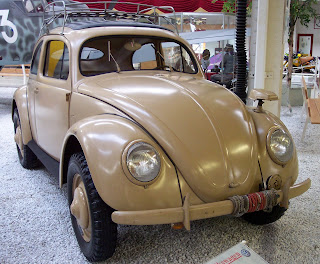



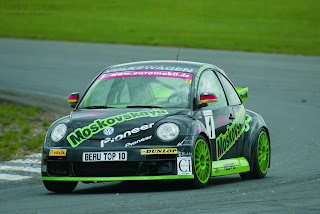



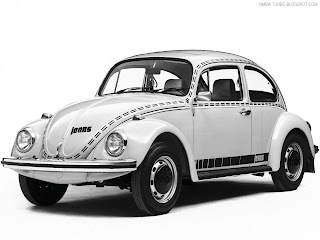
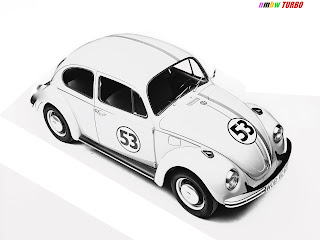
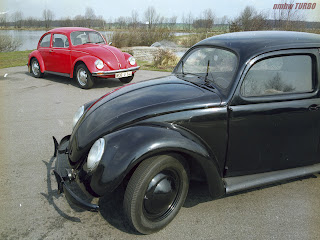




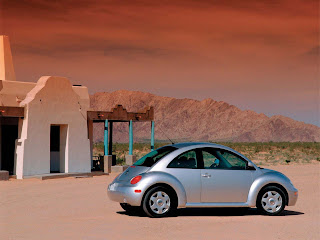
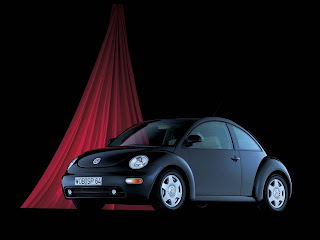
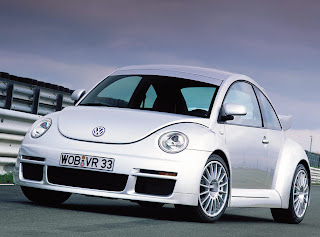

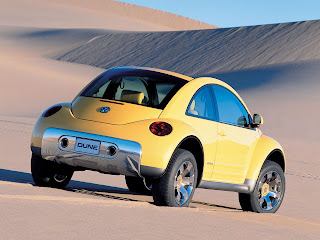
















.jpg)










No comments:
Post a Comment